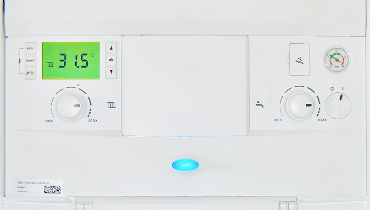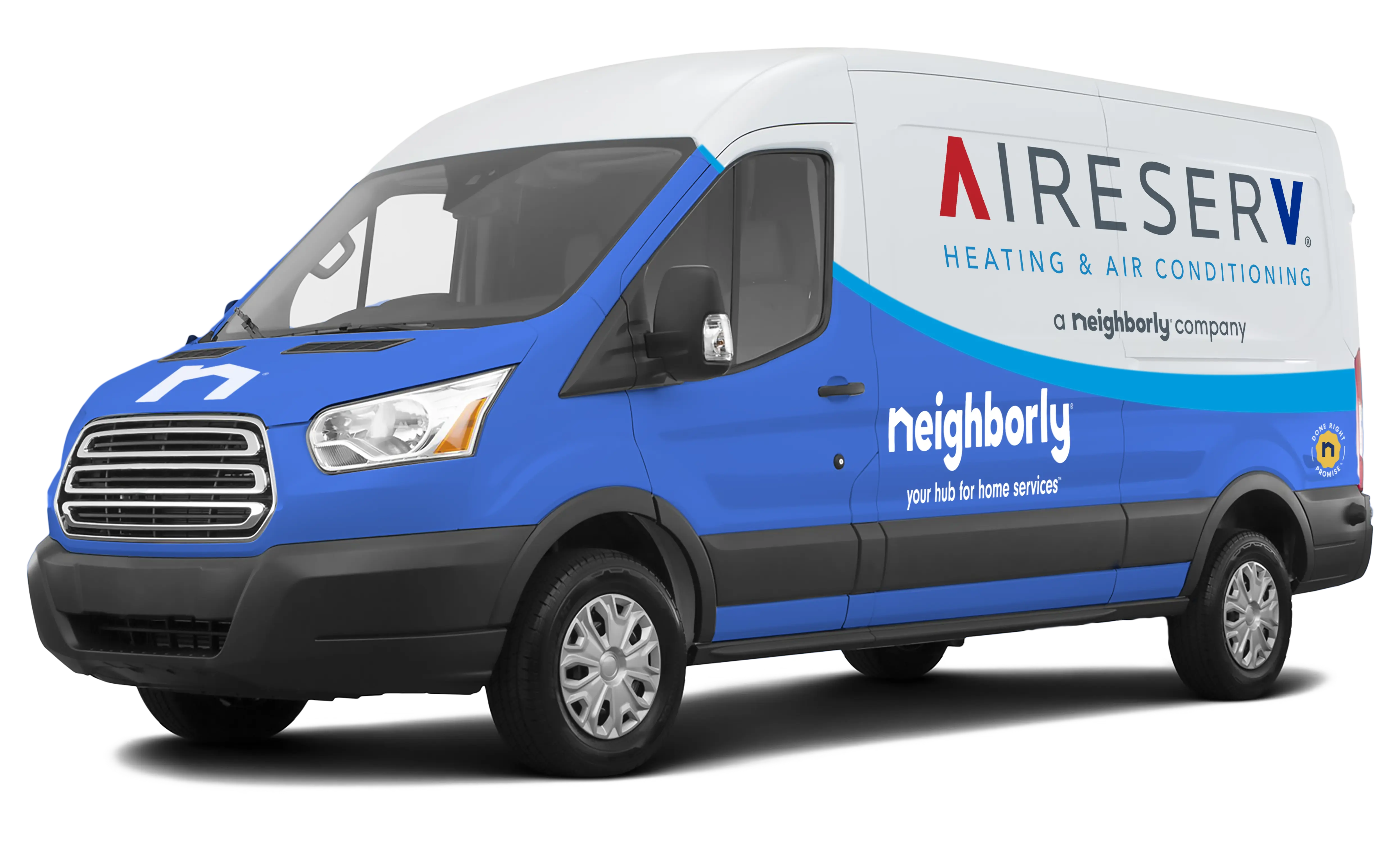
Aire Serv recommends setting your water heater to the optimal temperature for safety, efficiency, and comfort.
- Set your water heater to 120°F for most households
- Lower temperatures reduce energy costs and scalding risk
- Higher settings may be needed for dishwashers without booster heaters
- Regularly check and adjust your water heater settings
Finding the right temperature for your water heater can be a challenge. Many homeowners aren’t even aware they can adjust their water heater temperature themselves. However, if you’ve ever turned on the sink to wash your hands and burned yourself or suffered through a lukewarm shower on a cold day, you know how important water temperature is.
But how do you know what the right temperature is for your water heater, and how do you adjust it? Follow some simple steps to determine what the best water heater temperature is, and learn how to adjust your water heater to get it.
What Temperature Should a Water Heater Be Set At?
Most water heaters are set to a standard temperature of 140 degrees Fahrenheit. However, the Department of Energy notes that turning your water heater temperature down to 120 degrees Fahrenheit can help save energy.
That said, The Occupational Safety and Health Administration (OSHA) suggests a minimum of 122 degrees Fahrenheit to prevent harmful bacteria growth in your water heater tank. With that in mind, it may be a better, safer idea to store your water at temperatures closer to the standard 140 degrees Fahrenheit.
Factors to Consider When Setting Your Water Heater Temperature
Choosing the best temperature for a hot water heater setting depends on numerous factors, including the appliances that rely on the water heater and the age and number of people living in your home. Take a look at the variables that affect what temperature you should set your water heater:
- Your dishwasher: If your dishwasher doesn’t have a booster heater, you may want to keep your water heater at 140 degrees Fahrenheit for optimum cleaning. However, this feature is found in most modern dishwashers. Check your owner’s manual for more information.
- Your health: While the bacteria growth inside a tank set to 120 degrees Fahrenheit is safe for most people, you should consider keeping yours at 140 degrees Fahrenheit if you have a suppressed immune system.
- The number of people in your home: If you live alone, it’s unlikely you’ll ever run out of hot water when you keep the tank at 120 degrees Fahrenheit. However, if six family members shower back-to-back each morning, the extra 20 degrees helps ensure hot water for everyone.
- Whether you have children: Setting your water heater to 120 degrees Fahrenheit reduces the risk of scalding at the tap, which is especially important if you have kids or older adults living with you.
Balancing Safety and Energy Efficiency
Ultimately, choosing how hot your water heater should be comes down to a balance between safety and energy efficiency. Turning your water heater down to 120 degrees reduces the risk of burns, especially concerning children and elderly family members. It can also slow down mineral buildup and pipe corrosion.
Additionally, the Department of Energy reports that turning down the temperature of your water heater results in savings by reducing standby losses, which refers to the heat lost from the water heater into the surrounding area. This heat loss often occurs when the water heater is set to 140 degrees Fahrenheit. However, cooler water can sometimes lead to harmful bacteria growth, including the bacteria Legionella and other dangerous germs.
If you’re not sure which option is best for you, consider splitting the difference and setting your water heater to 130 degrees Fahrenheit. You’ll still get your hot shower while reducing burns and bacterial growth risks and lowering energy intake.
How to Adjust Your Water Heater Temperature
Whether you want to boost your water storage temperatures or finally stop getting scalded every time you turn on the sink, here’s how to adjust the temperature on your water heater:
- Measure the current temperature: To get an accurate reading, turn on the hot water at a faucet located furthest from the water heater. Place a thermostat under the running water to discover if an adjustment is necessary.
- Turn off electricity to your water heater at your circuit breaker panel: You likely already know this, but electricity and water don’t mix. Flip your water heater’s circuit breaker to “off” to stop the flow of electricity and prevent electric shock.
- Locate the thermostat dial: Gas water heater tanks have dials near the bottom of the tank. Electric water heaters often have thermostats positioned behind screw-on panels. There might be two dials if your electric water heater has upper and lower heating elements. If you have a tankless or hybrid water heater, you can likely use the control panel to adjust the temperature as needed, similar to your HVAC thermostat.
- Adjust the second dial if needed: Make sure you adjust both dials the same amount, but keep your upper dial a few degrees warmer than the bottom dial. For instance, if your top dial was initially set at 127 degrees Fahrenheit and your bottom dial was set at 124 degrees Fahrenheit, adjust both by the same amount—such as 5 degrees—so that the new temperatures read 132 degrees Fahrenheit and 129 degrees Fahrenheit.
- Check your temperature again: Wait a few hours, then run the water in the faucet you used before. Use a thermometer to check the temperature again and make sure it has reached your desired temperature.
Testing and Maintaining Your Water Heater Temperature
Once you set your water heater, it’s important to test it regularly to ensure it remains consistent. While some minor fluctuations are no cause for concern, major inconsistencies may indicate a problem with your water heater or thermostat.
You can use the same process described in the section above to test the water temperature. Maintaining your water heater is fairly simple, too. Flush your tank yearly to clear sediment, which can build up in the tank and result in inefficient heating and energy usage. It’s also a good idea to check the pressure relief valve and insulation. Finally, schedule annual maintenance from an experienced plumber for a full inspection and any necessary repairs.
Other Ways to Improve Water Heater Efficiency
In addition to setting the temperature back, you can make these home energy improvements to decrease your water heating bills:
- Insulate the water heater tank to reduce standby heat loss.
- Replace your showerheads and faucets with low-flow versions that consume less hot water.
- Install a tankless water heater that heats water on demand to eliminate the need for storage and the resulting standby heat loss.
Knowing When to Call a Professional for Help
Adjusting your water temperature can be a DIY job that doesn’t require the help of a professional. However, other circumstances may require service or repairs from a trained HVAC professional. Here are a few signs you need to call a professional for help:
- Your water temperatures fluctuate dramatically.
- You have to make frequent adjustments to your water heater temperature.
- You run out of hot water quickly.
- You notice damage to the insulation around your water heater.
- Your water heater is leaking.
- You have low or inconsistent water pressure.
- Your water is cloudy or discolored.
- Your water smells.
If you notice any of these or other problems, give your local Aire Serv® a call to schedule service.
Enjoy the Right Temperature with Confidence
Whether you need help adjusting the water heater temperature or want to schedule water heater repair or replacement, trust Aire Serv for the job. We offer comprehensive commercial and residential water heater repair, maintenance, installation, and replacement services that keep your water heating functional well and your water temperatures consistent.
To schedule water heater services with a skilled service professional, contact Aire Serv today.
This article is intended for general guidance only and may not be applicable to every situation. You are responsible for determining the proper course of action for your property and your situation. Aire Serv is not responsible for any damages that occur as a result of any advice or guidance derived from blog content. For the most accurate guidance, contact an independently owned and operated Aire Serv for more information and a professional on-site assessment.

